Advancements in Satellite Technology
The Vsat Maritime Antenna Market is poised for growth due to advancements in satellite technology. Innovations such as high-throughput satellites (HTS) and low Earth orbit (LEO) satellite constellations are enhancing the capabilities of Vsat antennas. These technologies offer improved bandwidth, reduced latency, and greater coverage, making them increasingly attractive to maritime operators. The introduction of HTS is expected to lower operational costs by up to 40%, thereby encouraging more vessels to adopt Vsat solutions. As satellite technology continues to evolve, the Vsat Maritime Antenna Market is likely to expand, driven by the need for efficient and cost-effective communication solutions.
Growth of E-commerce and Remote Operations
The Vsat Maritime Antenna Market is benefiting from the growth of e-commerce and the need for remote operations in maritime logistics. As shipping companies increasingly adopt digital platforms for tracking and managing shipments, the demand for reliable satellite communication systems has escalated. Vsat antennas facilitate real-time data exchange, enabling companies to optimize their operations and improve customer service. The rise of remote monitoring and management solutions in maritime logistics is projected to contribute to a 25% increase in Vsat antenna installations by 2027. This trend underscores the importance of Vsat technology in supporting the evolving needs of the maritime sector.
Regulatory Compliance and Safety Standards
The Vsat Maritime Antenna Market is significantly influenced by the evolving regulatory landscape surrounding maritime safety and communication standards. Governments and international bodies are increasingly mandating the use of advanced communication systems to enhance safety at sea. For instance, the International Maritime Organization has set forth guidelines that necessitate reliable communication systems for vessels operating in international waters. This regulatory push is likely to drive the adoption of Vsat antennas, as they provide the necessary infrastructure to meet these compliance requirements. As a result, companies are investing in Vsat technology to ensure adherence to safety protocols, thereby expanding the market.
Rising Investment in Maritime Infrastructure
The Vsat Maritime Antenna Market is experiencing growth due to rising investments in maritime infrastructure. Governments and private entities are increasingly allocating funds to enhance port facilities, shipping routes, and communication networks. This investment trend is expected to create a favorable environment for the adoption of Vsat antennas, as improved infrastructure necessitates advanced communication systems. The maritime sector is projected to see a 15% increase in infrastructure spending over the next five years, which will likely drive the demand for Vsat technology. Enhanced infrastructure not only supports operational efficiency but also promotes safety and compliance, further solidifying the role of Vsat antennas in maritime operations.
Increasing Demand for High-Speed Connectivity
The Vsat Maritime Antenna Market is experiencing a surge in demand for high-speed connectivity solutions. As maritime operations become increasingly reliant on real-time data and communication, the need for robust satellite communication systems has intensified. This demand is driven by various sectors, including shipping, fishing, and offshore oil and gas, where reliable connectivity is crucial for operational efficiency. According to recent estimates, the maritime sector is projected to require a 30% increase in bandwidth by 2026, further propelling the adoption of Vsat antennas. The ability to provide seamless internet access, even in remote locations, positions Vsat technology as a vital component in modern maritime operations.


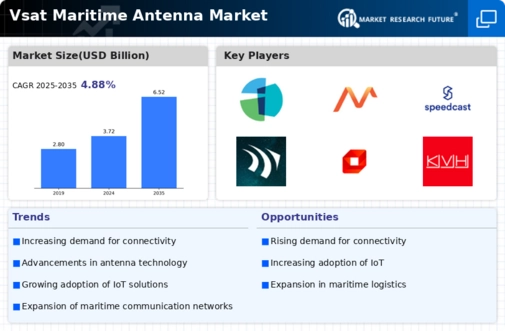
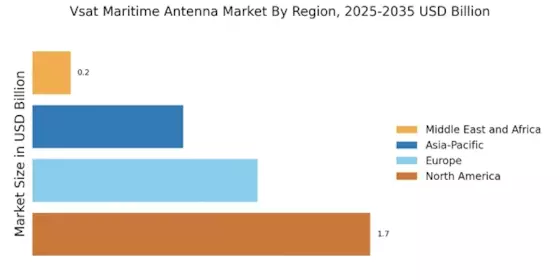

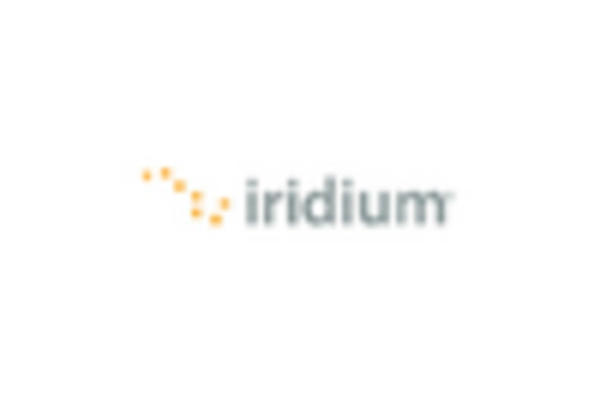
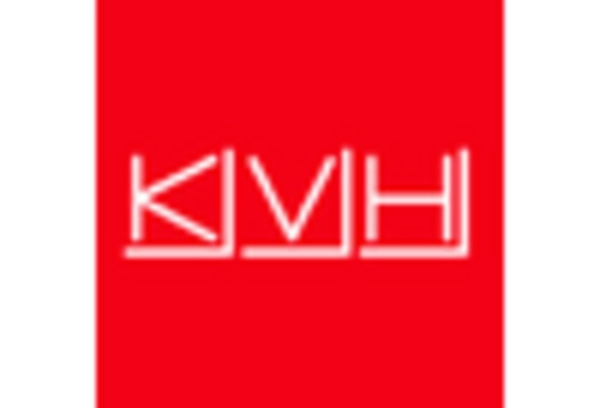

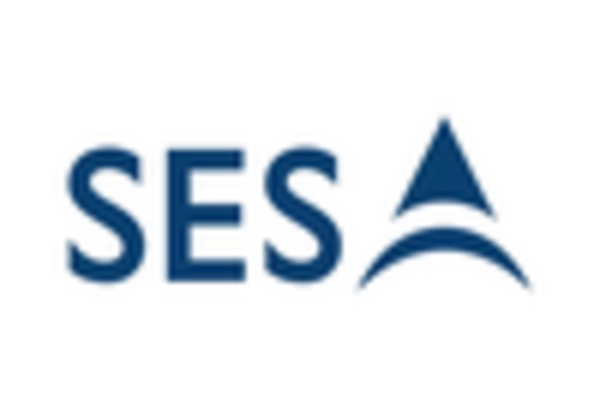









Leave a Comment